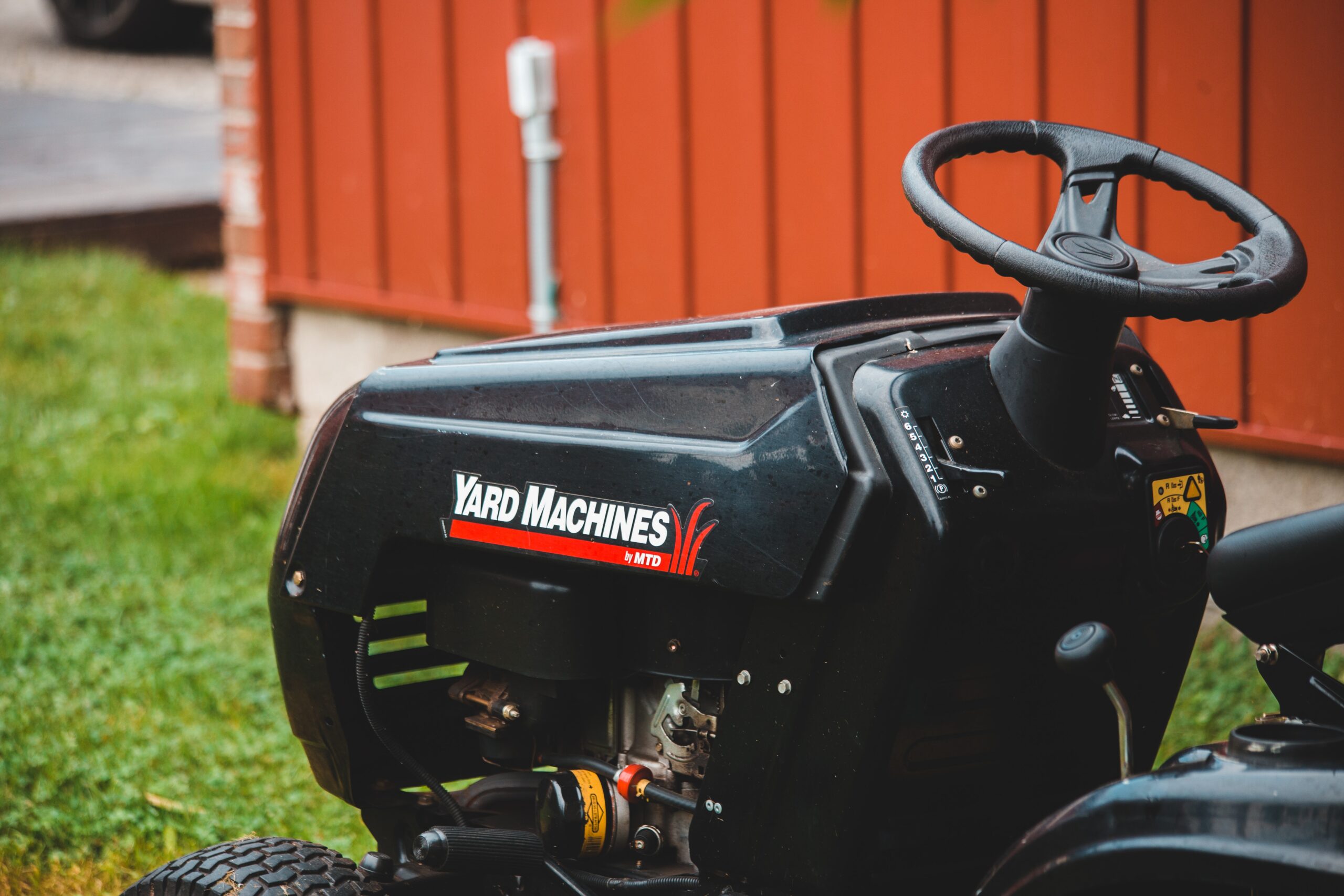There are different opinions on how to clean a riding lawn mower engine. You might be surprised to find out what I recommend.
A pressure washer!
Seriously, I was a little taken aback when I first saw this YouTube. One of my favorite YouTubers, Mustie1 gets right in there and pressure washes the crap out of almost every riding lawn mower engine that he works on.
His rationale is that it’s much easier (and cleaner) to work on an engine that’s not covered in dirt, grease, and grime. I agree.
However, prior to watching his videos, it had never occurred to me that a pressure washer would be a good option.
I always thought that would be excessive pressure that would certainly damage the engine.
So, in my ignorant ways, I made do with various engine degreasers, scrub brushes and gingerly applying water from a garden hose.
Needless to say, it was eye opening to see someone blasting full tilt on a riding lawn mower engine.
And so I started cleaning my riding lawn mower engines this way too, and I won’t go back.
Not only does it do a better job, but it’s much faster than my previous, more manually involved method.
Tools Needed (Commissions Earned)
Safety Considerations
It is probably possible to do damage with your pressure washer if you’re not careful, so be diligent if you opt for using a pressure washer to clean your engine.
Select the Proper Stream
First, make sure you start with a low pressure stream – a wider pattern. If your pressure washer has different nozzles, start with a lower pressure and work your way up.
Some high pressure nozzles are capable of stripping paint, so it’s important to only use the least amount of pressure that’s required.
This high pressure can damage electrical wires or blow holes through rusted components. So again, start with less pressure until you know what’s required.
Use Care in Water Application
That seems ironic, considering the fact that we’re using a pressure washer to deluge the engine. What I mean is, try not to get water IN the engine.
Breather hoses, the air cleaner, and the carburetor choke all allow direct access for water to enter the engine.
I recommend taping off or covering these areas with a rag.
Once you’re sure that all entry points are sealed off, go ahead and blast away.
Let it Dry
This probably goes without saying, but I’m trying to remind myself that we shouldn’t take common sense for being common.
I recommend cleaning a riding lawn mower engine on a nice sunny day – regardless of what method you use.
Since we’ll be applying water, we want it to dry completely before we start using it again. Remember, water and electricity don’t play well together.
For Deeper Cleaning
If you’ve got a seriously dirty engine, a little degreaser applied prior to pressure washing can really work wonders to assist your cleaning endeavor. Follow the manufacturer’s instructions for your chosen product.
While you’ve got the degreaser and pressure washer out, now’s a good time to give the whole machine a good, thorough cleaning.
Recap
I’ve gotten such good results from cleaning my riding lawn mowers with a pressure washer that I now use mine to clean my personal mower after every use.
That might be excessive, but it really keeps the machine looking good.
Furthermore, it prevents damage to the deck from debris accumulation and it helps me notice things that might come up, say a new oil leak developing.
I used to dread having to clean my riding lawn mower, but ever since I started using a pressure washer to do it, I really have no complaints.
As an Amazon Associate I earn from qualifying purchases.
